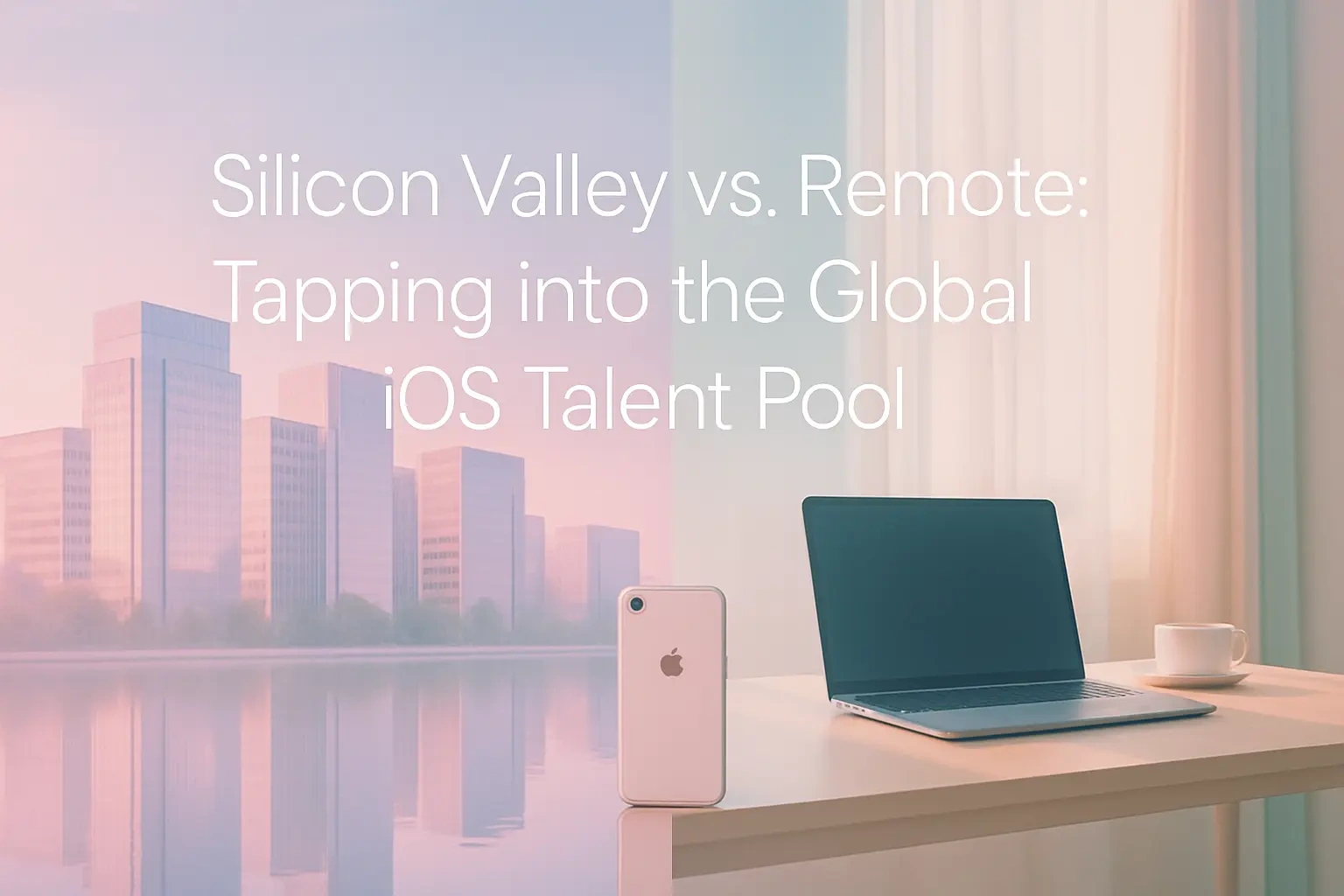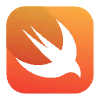Silicon Valley vs. Remote: Tapping into the Global iOS Talent Pool

Silicon Valley vs. Remote: Tapping into the Global iOS Talent Pool
The Allure of Silicon Valley: Pros and Cons
Advantage: A Hub of Innovation and Top-Tier Talent
Disadvantage: The High Cost of Talent
Disadvantage: A Fiercely Competitive Market
Going Global: The Case for Hiring Remote iOS Developers
Benefit: Access to a Vast, Global Talent Pool
Benefit: Significant Cost Savings
Benefit: Increased Productivity and Flexibility
Challenges and Solutions for Managing Remote Teams
Challenge: Communication and Time Zone Differences
Challenge: Maintaining Team Culture and Cohesion
Challenge: Security and Data Privacy
Making the Right Choice for Your Company
References
Silicon Valley vs. Remote: Tapping into the Global iOS Talent Pool
The Allure of Silicon Valley: Pros and Cons
Advantage: A Hub of Innovation and Top-Tier Talent
Disadvantage: The High Cost of Talent
Disadvantage: A Fiercely Competitive Market
Going Global: The Case for Hiring Remote iOS Developers
Benefit: Access to a Vast, Global Talent Pool
Benefit: Significant Cost Savings
Benefit: Increased Productivity and Flexibility
Challenges and Solutions for Managing Remote Teams
Challenge: Communication and Time Zone Differences
Challenge: Maintaining Team Culture and Cohesion
Challenge: Security and Data Privacy
Making the Right Choice for Your Company
References
Posted Jul 6, 2025
Should you hire iOS developers from Silicon Valley or embrace a remote team? Explore the pros, cons, costs, and benefits of tapping into the global talent pool.











